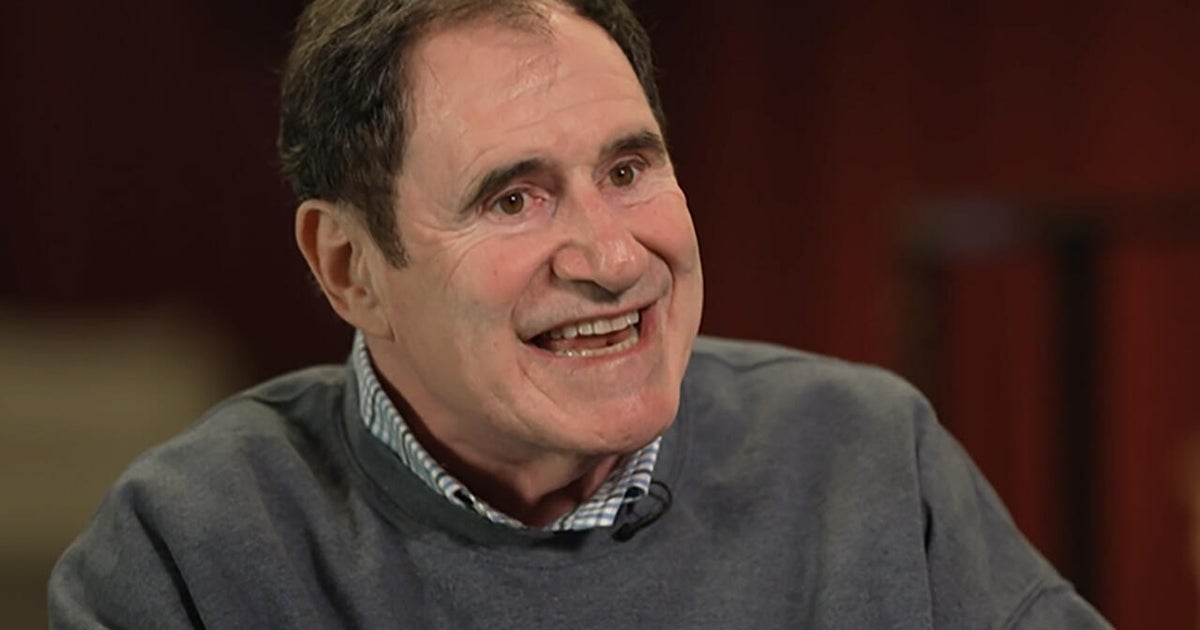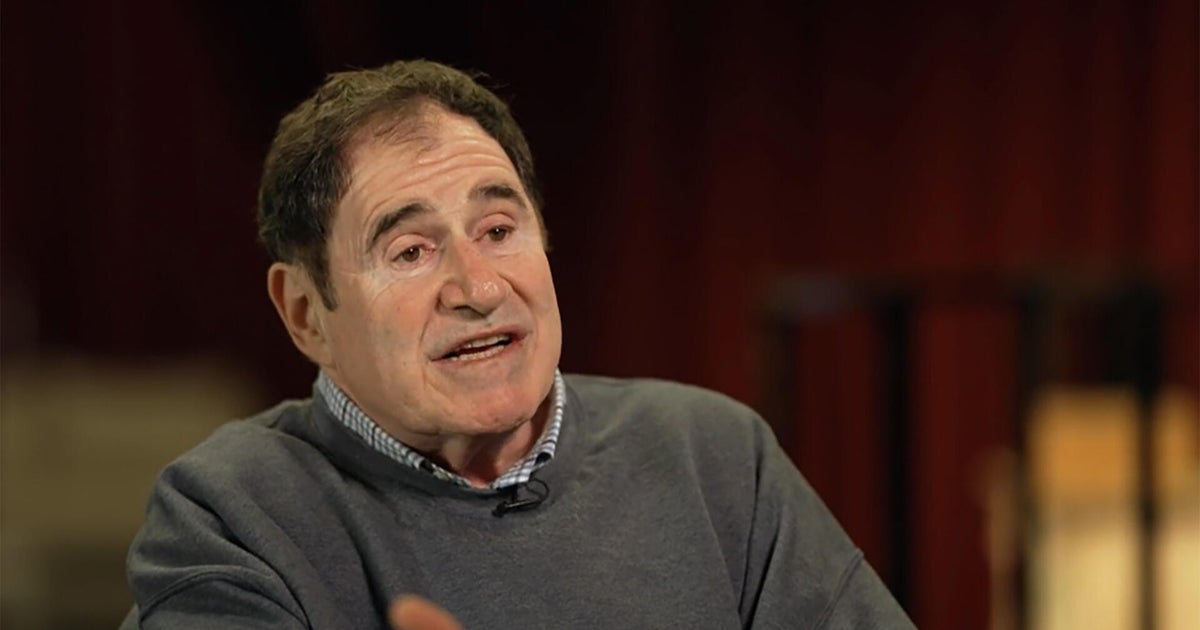Four years after setting out to “make tech fun again”, and only a year after bringing its products to Australia for the first time, British company Nothing is making its biggest push yet into markets dominated by giants including Apple and Samsung.
Following remarkable success in earbuds and lower-cost phones, it’s aiming to expand upmarket with its first high-end smartphone and its first over-ear headphones.
Nothing has amassed more than 3 million users and cracked more than $US1 billion ($1.5 billion) in revenue since launching its first products in 2021. It’s also remarkably open and community-oriented in its development, even appointing a fan representative to its board.

The Nothing Phone 3 is the British company’s most high-end smartphone to date.
The company’s products have been celebrated for their artful design, playful controls, their software that encourages healthy screen habits and their lower price relative to competitors with similar power and features. All that remains true of the Nothing Phone 3 and Nothing Headphones 1, being released on July 15, but by any measure they’ve moved up to another level.
The Phone 3 has an even more avant-garde design and an all-around more premium build compared to the mid-range 3a launched this year, with a metal frame and Gorilla Glass covering, a brighter screen, better waterproofing, a trio of more capable cameras and significantly more powerful internals.
The panel of lights on the back of the phone has also evolved into a low-fi LED display the company calls the Glyph Matrix, which can be used to serve you priority information while you’re intentionally not using the phone, but is also open for the community to develop quirky games and apps (there’s already a Magic 8 Ball).
The phone starts at a price of $1509 and — although it’s less expensive than the iPhone 16 or Samsung’s Galaxy S25 lineup when you’re comparing devices with similar screen sizes and storage capacity — that puts it squarely in premium territory and places Nothing as a small fish in an ocean overrun with sharks.
How is it hoping to compete?
“When you talk about spec wars, we’re not there fighting to win that. We’re making holistic products that for the majority of users are really wonderful, well-balanced experiences,” said Nothing global marketing director Hollie Bishop.
“We truly believe that NothingOS is the best operating system for consumers, and for us as users as well. People might do comparisons, but how can you compare the Glyph Matrix experience? It doesn’t exist anywhere else in the industry.”
“It’s very functional, it still sits within our mission of making tech fun, but also making tech work for your life, instead fuelling the addiction of ‘I need to pick up my phone every five seconds’,” Bishop said.

The Headphone 1 was built by Nothing and tuned by KEF.
The current version of NothingOS is built on top of Android 15, though a version built on Android 16 is due later this year. Its key differentiator from other flavours of Android is its range of features designed to manage your screen time. App icons can be automatically made monochrome or hidden in themed folders, while Nothing’s widgets and sound effects all evoke the LCD displays and low-fi bloops of pre-internet tech.
The company has shied away from integrating AI as a creative tool, in contrast to basically every other phone-maker, but it does allow you to make use of Gemini or ChatGPT if you choose. It also launched its own AI suite this year called Essential Space, where you can store screenshots, photos or voice notes about things you want to remember, and have them automatically categorised, turned into reminders or suggested as calendar entries.
With Phone 3, Nothing is introducing Essential Search, which can surface information from your files and apps but can also answer questions using the web, with reference links provided.
Bishop said the phone had benefited from expansions in Nothing’s hardware and camera teams and was competitive as a flagship experience, but that its more joyful elements and software offerings would continue to evolve as it would receive major updates for at least five years.
“We’re a four-year-old company – the strides we’ve made in such a short time we’re super proud of,” she said.
And the only way we’re able to do that is because we’re still agile – we’re not trapped within multiple layers of process or held down through bureaucracy, which shows in our AI roadmap. From Essential Space opening in March, to Essential Search already being available.”
Meanwhile, the new Headphone 1 is a set of $550 noise-cancelling cans designed to hold up against the more expensive offerings from Apple and Sony. They feature enthusiast-favourite features that are often left out of expensive commuter headphones, such as support for wired high-res sound over USB-C or 3.5mm cable, and have custom drivers tuned by iconic British audio firm KEF.
When paired with a Nothing phone, they can integrate with Essential Space, but they also fully support AI voice assistants and a full array of settings and equaliser customisation on iPhones and other Androids. The Headphones feature a transparency mode to hear the world around you, and can intelligently adapt the level of noise-cancelling to save battery; with NC off, Nothing said they should last 80 hours on a charge.

The mouse-like roller on Headphone 1 can be spun to change volume.
Both devices carry Nothing’s trademark approach to industrial design, with transparent panels exposing textured, overlapping elements, some of which represent the tech underneath and others of which are pure whimsy.
The controls also strike a balance between function and play; this is after all the same company that puts spinning fidget dials on the cases of its wireless earbuds. The Headphone 1 foregoes the touch controls and multifunction buttons of most rival over-ears, instead going for tactile controls that feel like something off a 90s disc player or compact synth. There’s a roller for volume, a paddle for skipping tracks, a switch for power and a button that can summon an AI assistant or be set to any other function.
On Phone 3, aside from the expected smartphone controls, there’s a glossy pill-shaped button to interact with Essential Space and a hidden pressure-sensitive zone on the back of the phone for activating the Glyph Matrix.
Nothing began in earbuds and moved to phones, and most recently waded into the burgeoning category of open-ear audio before tackling over-ear. Bishop said that the company’s design team was full of ideas to put the Nothing spin on various products, but that it planned to be strategic.
“For us, it’s a considered growth. We are very confident in our audio offering. A lot of the team internally have pleasure projects in the audio space; we’ve got a lot of DJs at the Nothing team. So we’ve made these products that we want to use, and that we don’t think exist in the way that we see them in the industry,” she said.
“We could make anything. We have fan renders of laptops, tablets, all of these things. And we do have a roadmap of where we want to go. We’ve got a few other things coming up in the future that are more experimental and more playing into potentially new categories, or a new take on a current category.”
Loading
But on the subject of fans, some of the online Nothing community have had a viscerally negative reaction to Phone 3, variously blasting it as underpowered, criticising the price relative to previous Nothing products, complaining about the loss of the glyph lights, and rejecting the visual design as ugly.
Bishop said that the team enjoyed seeing any discussion of the aesthetics (“design should make you feel something, if it doesn’t, then we’re doing something wrong”), but that some of the reaction was an understandable response to the device targeting a different market.
“It’s a stake in the ground. If [we’re going to be] a tech company that really is different, we need to have a product offering for all consumer types. The choices we’ve made with Phone 3 is a flagship experience. If it’s [not for you] we have the 3a, and the 3a Pro,” she said.
“We’ve recognised that we have different markets with different needs, and there are certain more price-sensitive markets that have been very vocal about Phone 3. But we’re a global company, so we’re open to hear the feedback, and we’re always learning.”
Specifically regarding the Glyph Matrix, Bishop said she expected reactions to adjust once the phone was in the wild. The original Glyph Lights had been ridiculed before launch but had since seen significant use. She said the system would continue to evolve, and future products could potentially return to the lights or feature something new.
“We’re not in a box – we can be dynamic and evolve. Depending on the product offering or the price point offering, or what the consumer’s need is, we can offer different options which still have the same foundation: making tech that is more for your life.
“You’re not being distracted constantly by screens. It allows you to engage in reality.”
Get news and reviews on technology, gadgets and gaming in our Technology newsletter every Friday. Sign up here.
Most Viewed in Technology
Loading


















































